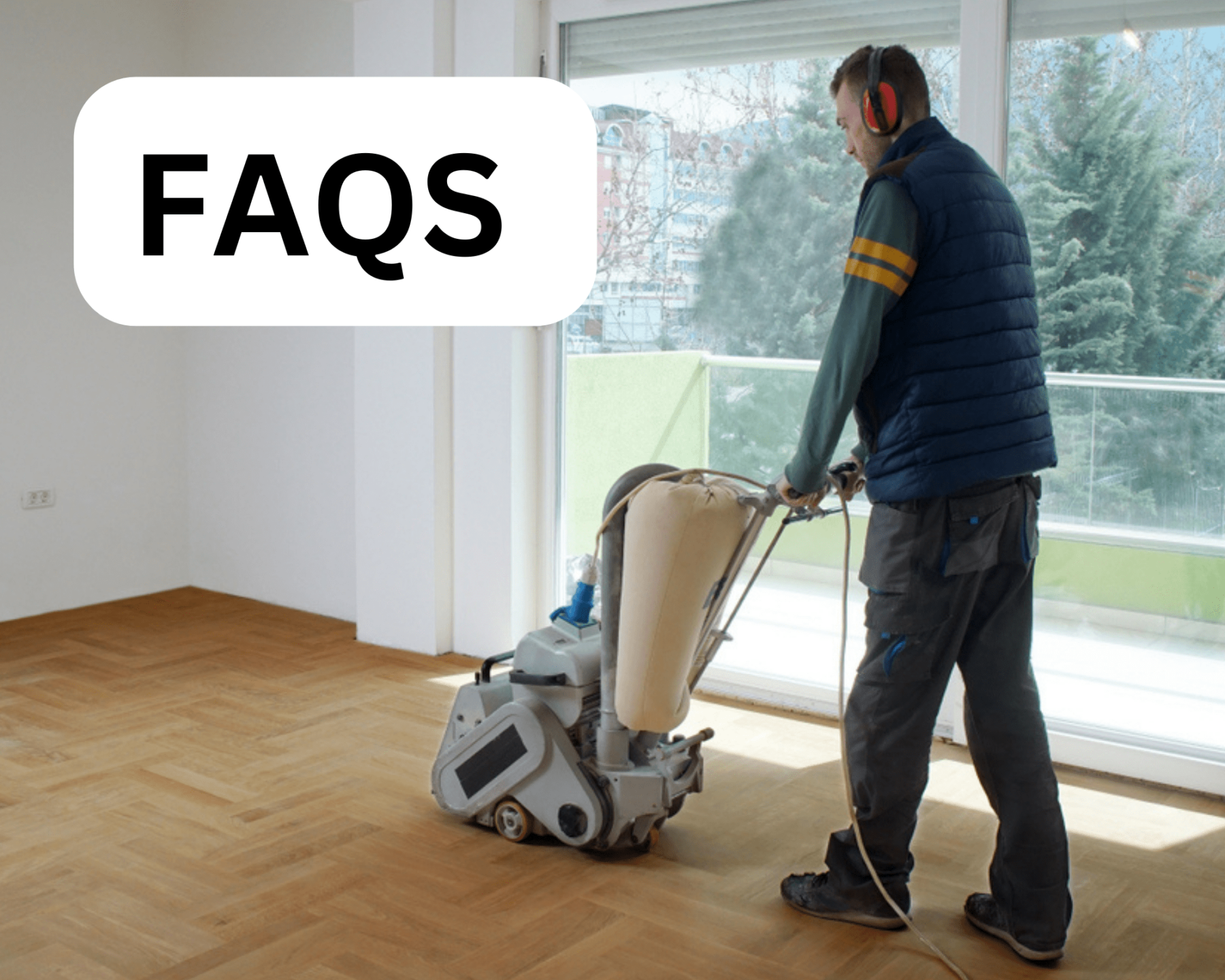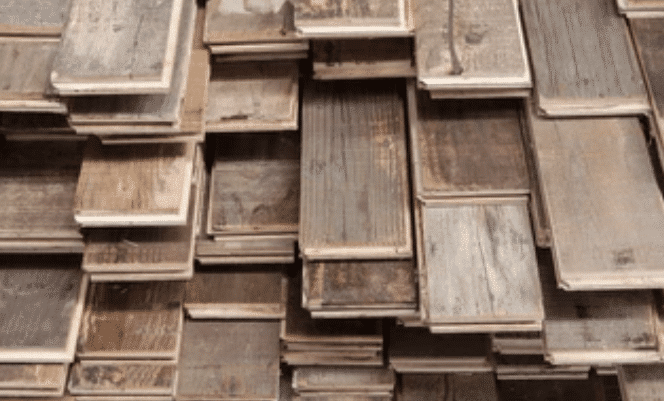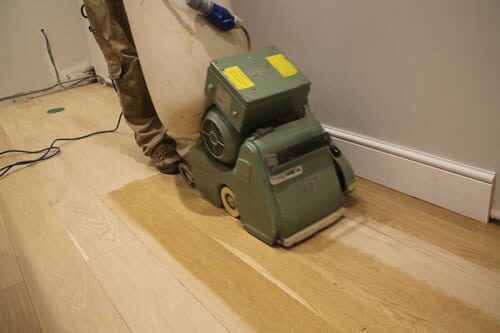London:
Nationwide:
Hardwood Floor Sanding Guide: 10 Steps to Beautiful, Revitalized Floors
Posted on April 28, 2023
Blog
Revitalize Your Hardwood Floors with a DIY Sanding Project in 10 Easy Steps
Hardwood floors have long been a popular choice for homeowners due to their timeless elegance, durability, and warmth. However, over time, wear and tear can take a toll on your hardwood floors, making them look dull, scratched, and worn out. The good news is that you can breathe new life into your hardwood floors with the help of floor sanding. In this blog post, we will guide you through the process of hardwood floor sanding in 10 simple steps, so you can enjoy your beautiful and rejuvenated floors in no time.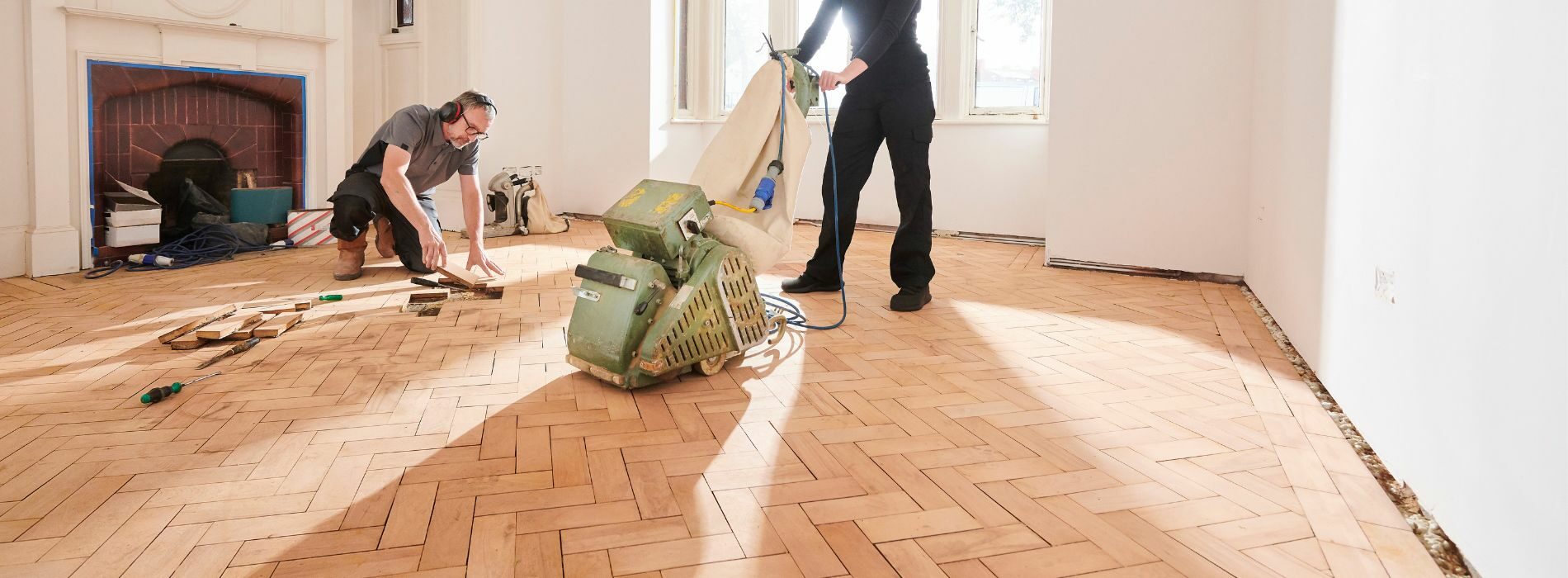 Step 1: Preparation
Before you begin sanding your hardwood floors, you need to prepare the area to ensure a smooth and efficient process. Here’s what you need to do:
Step 1: Preparation
Before you begin sanding your hardwood floors, you need to prepare the area to ensure a smooth and efficient process. Here’s what you need to do:
- Remove all furniture, rugs, and other items from the room.
- Inspect the floor for any protruding nails or staples, and either remove or hammer them down.
- Clean the floor thoroughly by vacuuming or sweeping to remove any dirt, dust, and debris.
- Cover any vents, doorways, and windows with plastic sheeting to minimise the spread of dust during the sanding process.
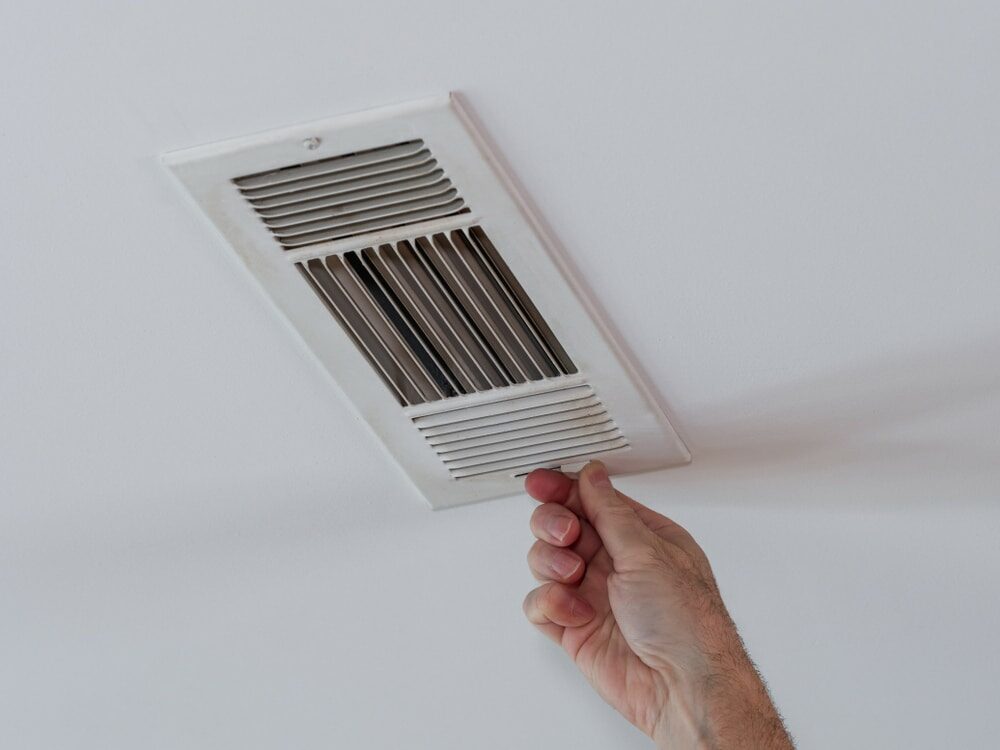
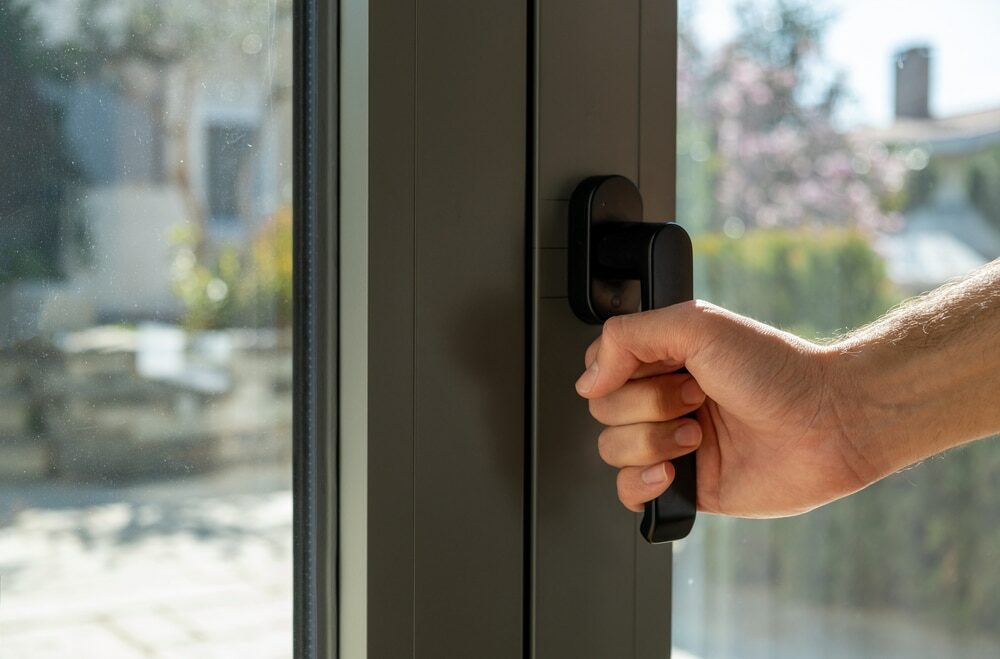
Step 2: Gather the Necessary Tools and Materials
To successfully sand your hardwood floors, you’ll need the following tools and materials:- Drum sander (rent one from a local hardware store or home centre)
- Orbital or edge sander (for corners and edges)
- Sandpaper (various grits, typically starting at 36 grit and going up to 100 grit)
- Vacuum cleaner or broom for cleanup
- Ear protection, safety goggles, and a dust mask
- Painter’s tape (to protect baseboards and trim)
Step 3: Choose the Right Sandpaper Grit
The grit of sandpaper you choose for each pass during the sanding process will greatly impact the final result. Start with a coarse grit (around 36 grit) for the first pass, which will remove the majority of the finish and any deep scratches. Gradually work your way up to finer grits (60-grit, 80-grit, and finally 100-grit) for subsequent passes. Each pass with finer-grit sandpaper will help remove the scratches left behind by the previous grit, ultimately resulting in a smoother finish.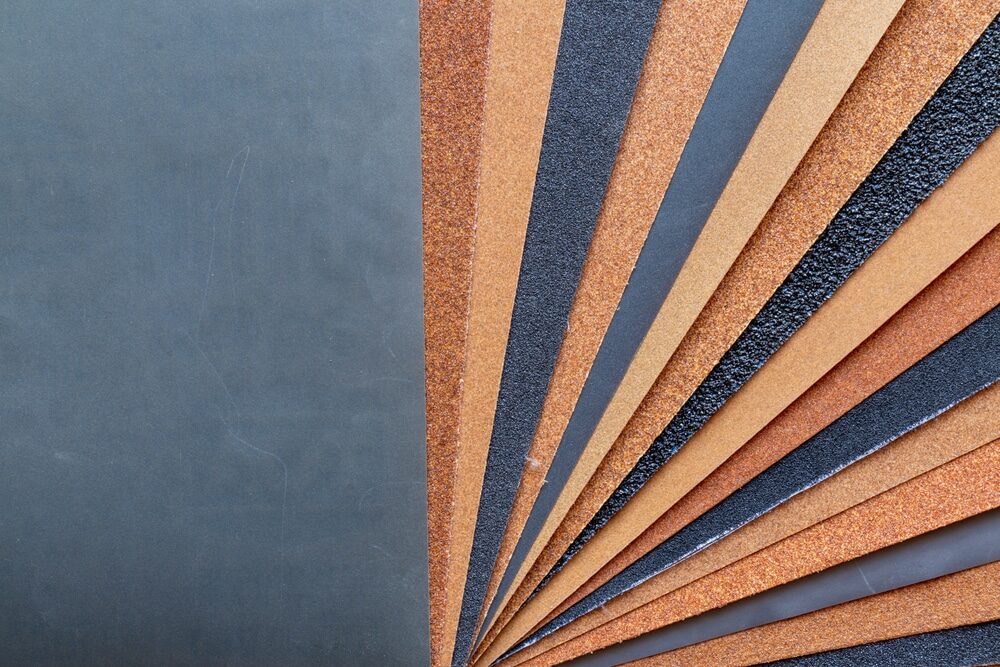
Step 4: Begin sanding with the drum sander.
Put on your safety gear (ear protection, safety goggles, and a dust mask) before starting the sanding process. Load the drum sander with the coarsest sandpaper and start sanding the main part of the floor, moving in the direction of the wood grain. Make sure to keep the sander moving at all times to avoid creating any dips or gouges in the floor.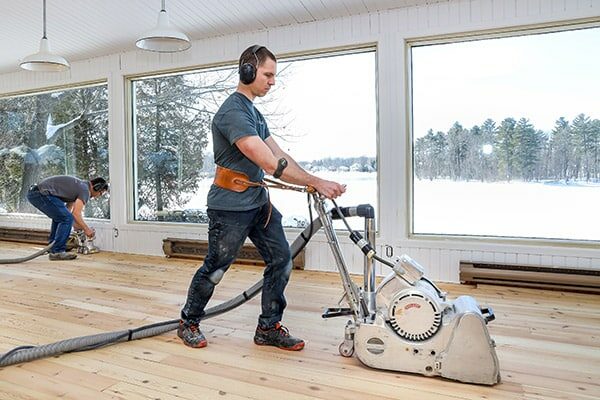
Step 5: Sand the edges and corners.
After you’ve completed the first pass with the drum sander, switch to an orbital or edge sander to sand the areas near the walls, corners, and other tight spots that the drum sander couldn’t reach. Use the same grit sandpaper as you did with the drum sander for this step.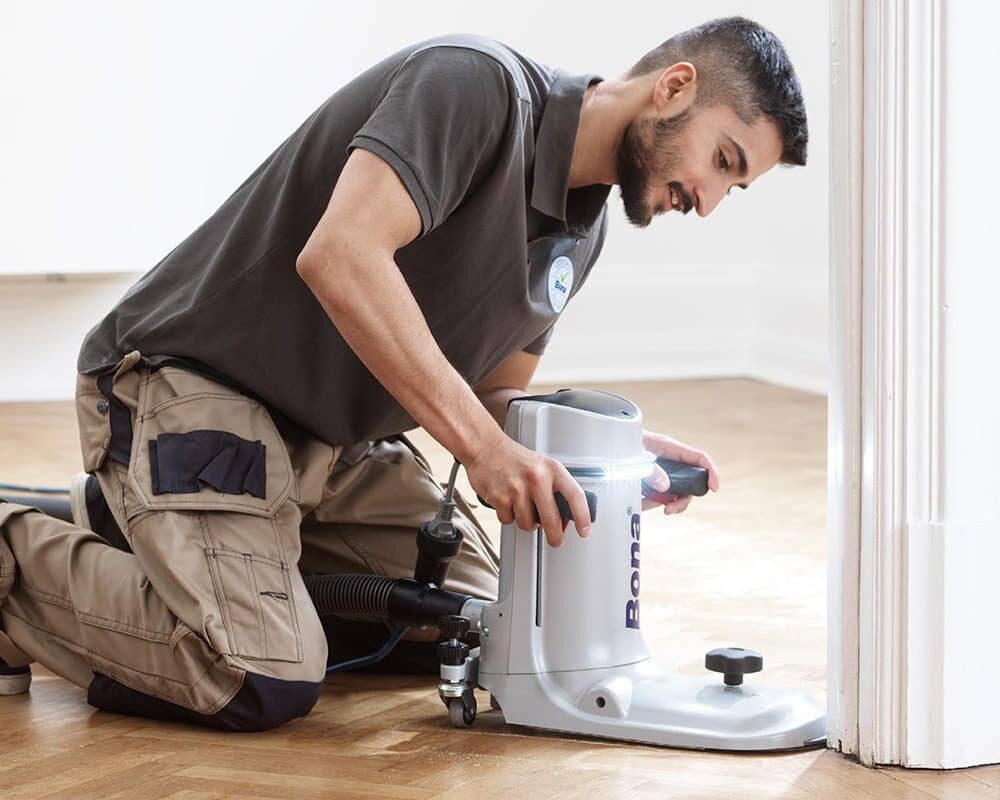
Step 6: Repeat the Sanding Process with Finer Grits
Now that you’ve completed the first pass with the coarsest grit sandpaper, repeat the process with progressively finer grits (60-grit, 80-grit, and finally 100-grit). Remember to sand both the main area of the floor with the drum sander and the edges and corners with the orbital or edge sander. Each pass with a finer grit will help remove the scratches left by the previous grit, leaving a smoother surface.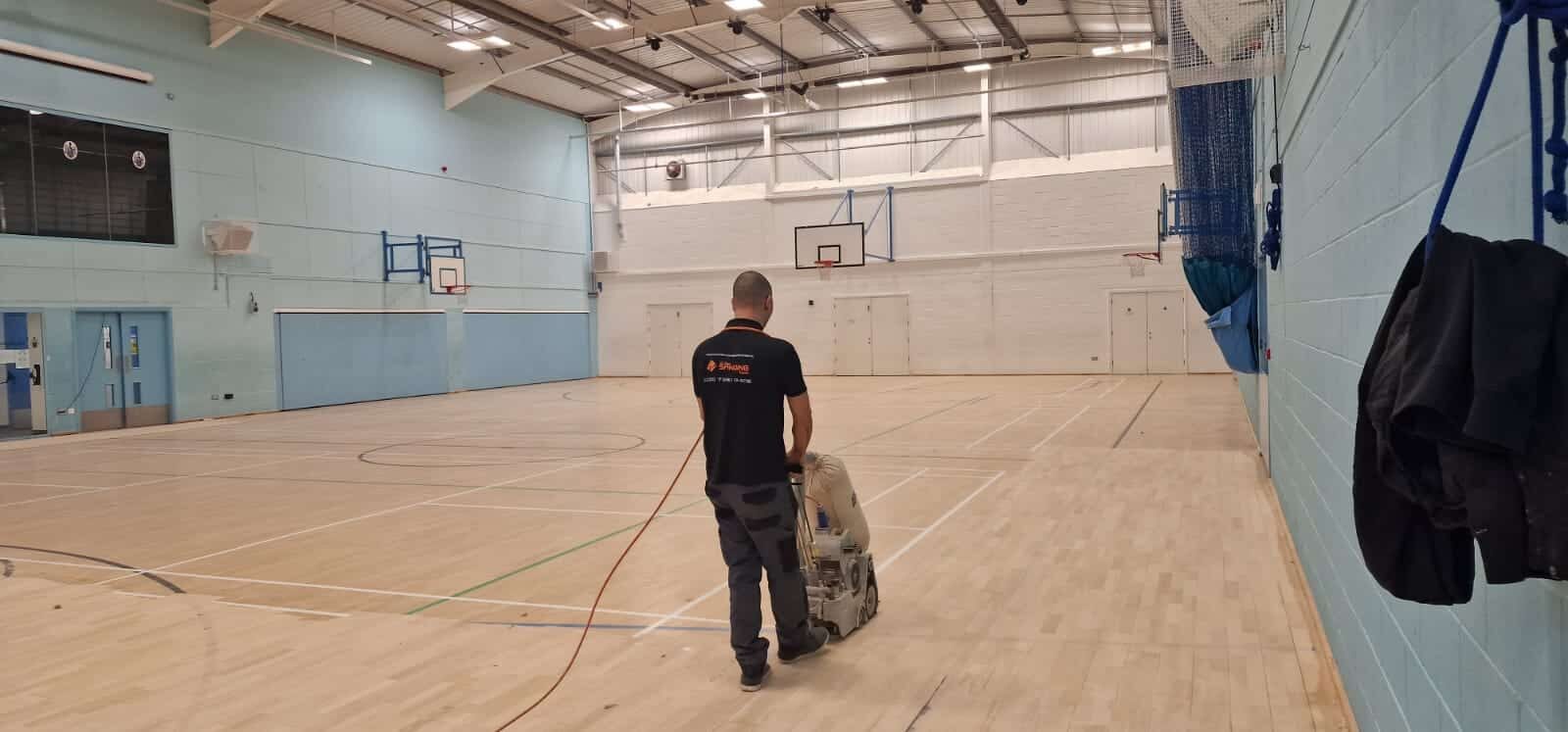
Step 7: Vacuum the floor
After completing the sanding process with the finest grit sandpaper, it’s essential to thoroughly clean the floor to remove any remaining dust and debris. Use a vacuum cleaner or a broom to clean the entire surface, paying special attention to the corners and edges. You may also want to use a tack cloth to pick up any remaining fine dust particles that the vacuum cleaner may have missed.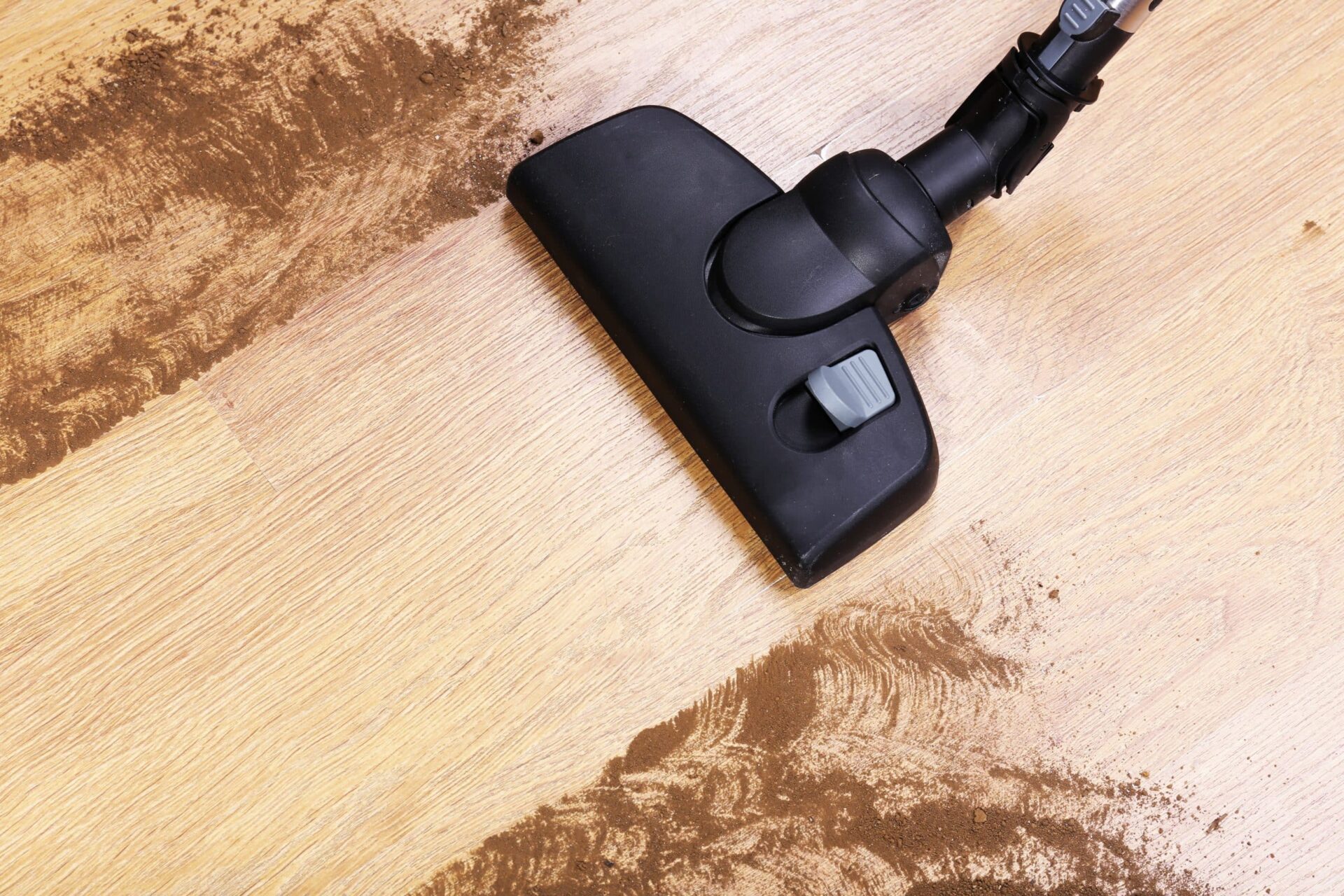
Step 8: Inspect the floor and perform touch-ups.
Take the time to carefully inspect your floor, looking for any missed spots, uneven areas, or remaining scratches. If you find any issues, use the orbital sander with the appropriate grit sandpaper to touch up those areas until you achieve a consistent and smooth finish.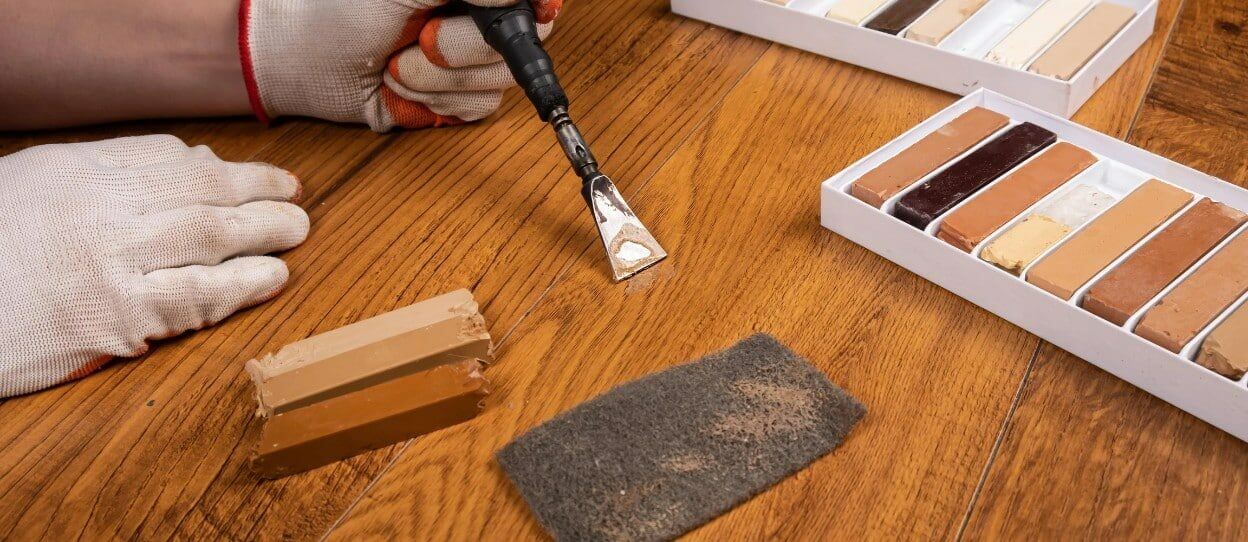 Step 9: Apply a wood filler
If your hardwood floor has gaps, cracks, or small holes, you may want to consider using a wood filler to create a more uniform appearance. Choose a wood filler that matches the colour of your floor, and carefully follow the manufacturer’s instructions for application. Allow the filler to dry completely before proceeding to the final step.
Step 9: Apply a wood filler
If your hardwood floor has gaps, cracks, or small holes, you may want to consider using a wood filler to create a more uniform appearance. Choose a wood filler that matches the colour of your floor, and carefully follow the manufacturer’s instructions for application. Allow the filler to dry completely before proceeding to the final step.
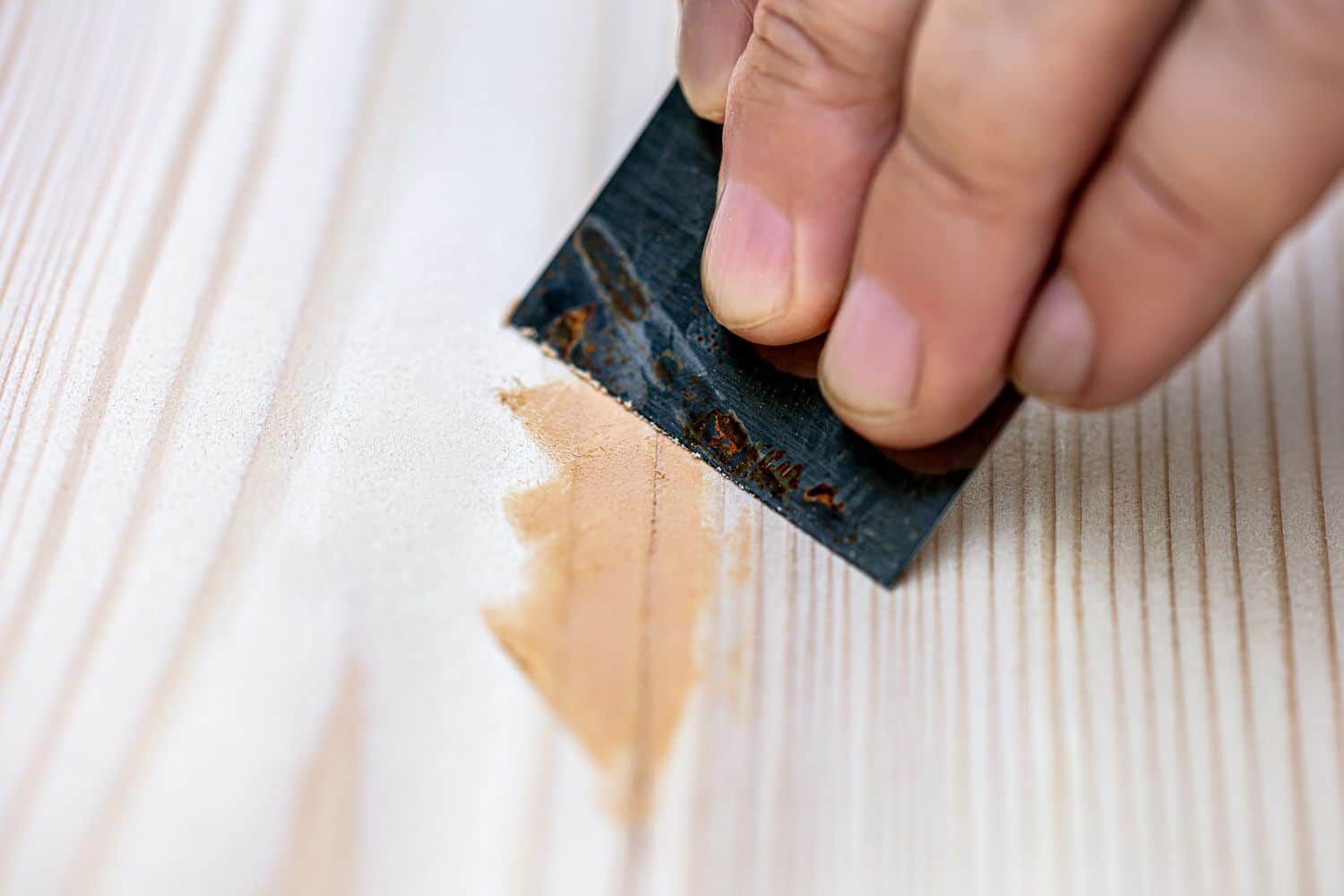
Step 10: Apply the Finish
Once your hardwood floor is sanded to your satisfaction and thoroughly cleaned, it’s time to apply a finish to protect the wood and enhance its natural beauty. Choose a finish that suits your preferences, such as polyurethane, water-based finishes, or natural oil finishes. Carefully follow the manufacturer’s instructions for application and allow the finish to dry completely before moving furniture back into the room or walking on the floor.
Some Useful Links:
Conclusion:
Hardwood floor sanding is a relatively straightforward process that can restore the beauty and lustre of your floors. By following these 10 simple steps, you can achieve professional-looking results and significantly extend the life of your hardwood floors. Remember to take your time, use the appropriate tools and materials, and always prioritise safety during the sanding process. With a bit of patience and effort, you’ll be rewarded with stunning hardwood floors that are sure to impress.Sanding
We provide virtually dust-free sanding with our continuous belt machinery with mobile extraction units, giving you a safer environment for your family.
Oiling
This organic finish not only adds beauty to your home but also has exceptional water-repellent characteristics, making it easier to clean and maintain.
Waxing
This natural floor finish offers the softest and most mellow appearance – and leaves your floor able to breath.
Buffing
Using soft buffing machines (and hand-polishing where required) will bring a wonderful sheen to your newly-finished floor.
Repairs
We offer a full assessment of your wooden floors to determine what repairs are needed to provide the perfect working surface for the later stages of sanding, staining and sealing.
Restoration
We offer a comprehensive restoration process designed to address floors that are improperly fitted or damaged over time through wear and tear.
Request a fixed price quote for your wood floor restoration now
Simply enter your postcode below to get started.
Services
Wood Floor Sanding Wood Floor Restoration Wood Floor Scratch Repair Squeaky Wood Floor Repair Parquet Floor Sanding Parquet Floor Restoration Commercial Floor Sanding Church Floor Sanding Community Centre Floor Sanding School Floor Sanding Gap Filling Gap Filling with ResinCopyright © Mr Sander®
Privacy & Cookies Terms & Conditions Complaints Procedure Cancellation Rights Sitemap
